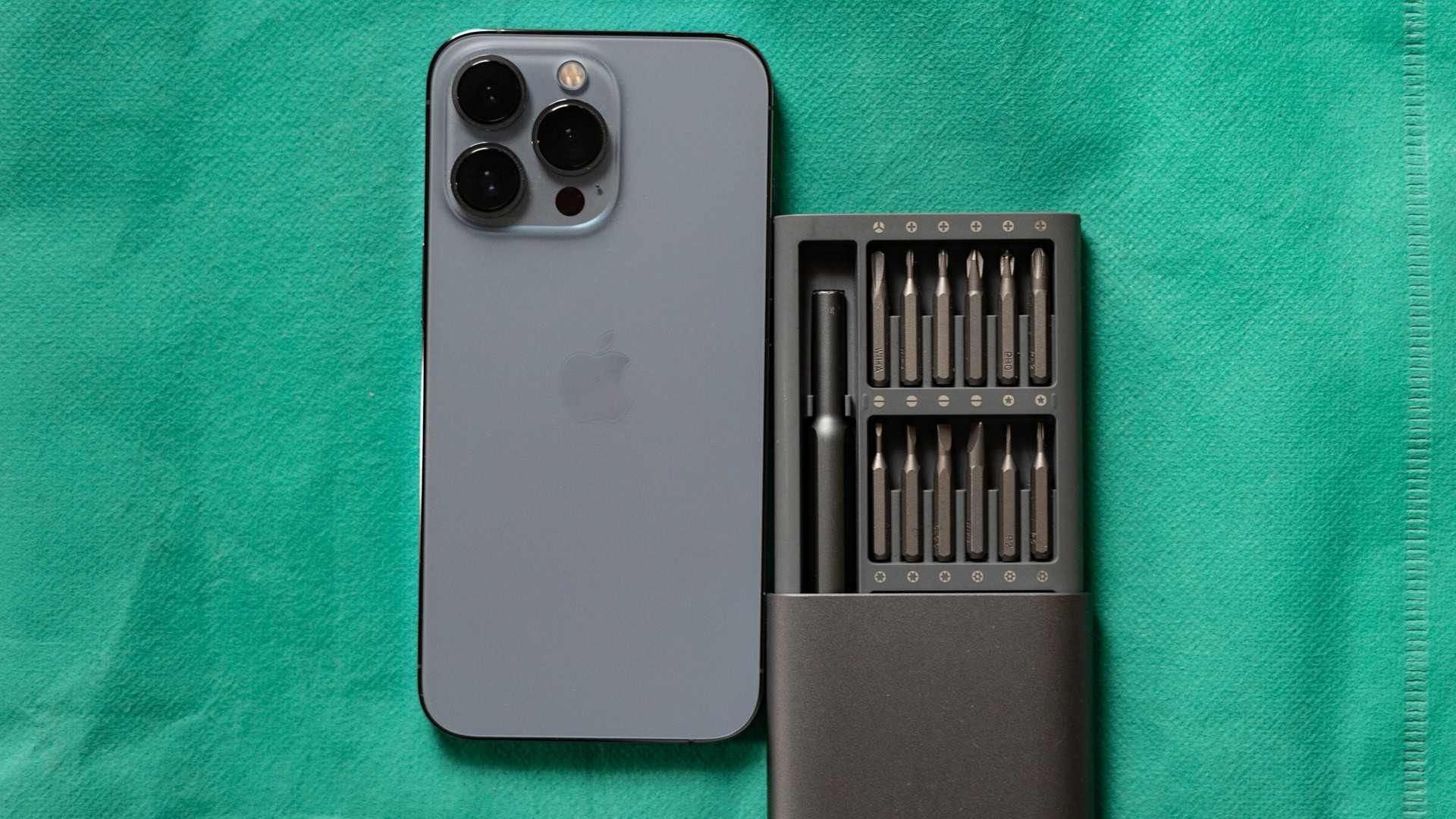Affiliate links on Android Authority may earn us a commission. Learn more.
Apple finally supports used parts for iPhone repairs
Published onApril 11, 2024

- Apple has just announced support for used parts in iPhone repairs.
- Customers and independent repair chains can use second-hand parts starting with upcoming iPhone models.
- Future iPhones will also support repairs with used biometric sensors.
Apple has long taken an aggressive approach to iPhone repairs, as it uses parts pairing practices to discourage repairs by independent stores. That’s changing today, as the company has just announced support for used parts in repairs.
Apple said it would allow customers and independent stores to utilize used parts in iPhone repairs, starting with “select” iPhone models this fall (ostensibly the iPhone 16 series).
The company said it would launch an overhauled parts calibration process in the fall. This process applies to new and used iPhone parts and takes place on the device after the part is installed. Apple added that future iPhones will enable support for used biometric sensors (e.g. Touch ID, Face ID). Furthermore, customers and independent repair outlets will no longer have to provide a phone’s serial number when ordering parts for repairs unrelated to the logic board.
The Cupertino colossus also explained how it would prevent stolen iPhones from being used for repairs:
If a device under repair detects that a supported part was obtained from another device with Activation Lock or Lost Mode enabled, calibration capabilities for that part will be restricted.
Apple added that it would also update its Parts and Service History page in iOS to show whether a part is new or second-hand.
Apple’s support for second-hand parts comes after a long-running fight against the right-to-repair movement, with several US states and the European Union issuing right-to-repair legislation. One of the most infamous anti-repair practices was Apple’s aforementioned parts pairing process, which allowed the company to track and control how the part was used. The company went so far as to show fear-mongering messages on iPhones about the display or battery not being genuine if the parts weren’t blessed by Apple. iPhone owners were even forced to get their biometric sensors fixed by Apple itself as second-hand sensors didn’t work. The company did, however, launch a self-repair program in 2022.